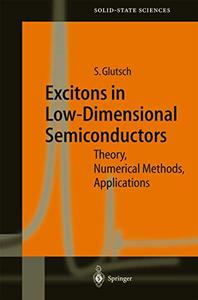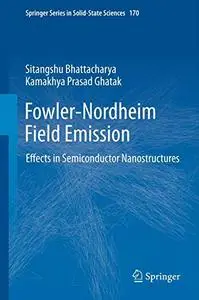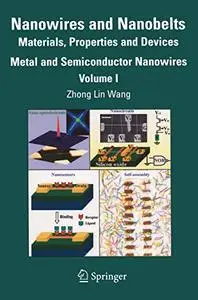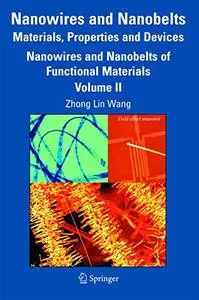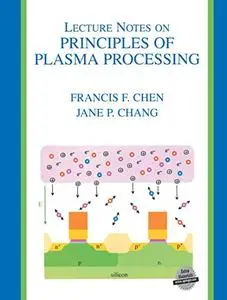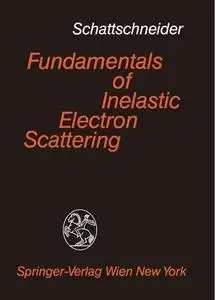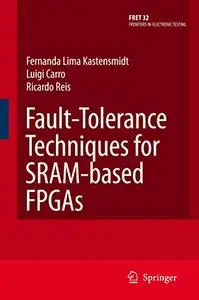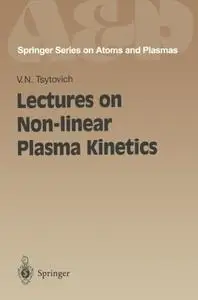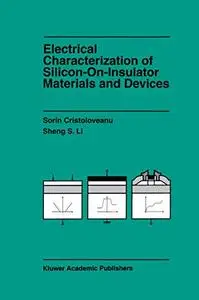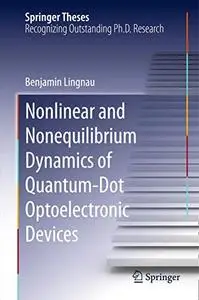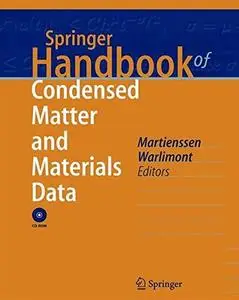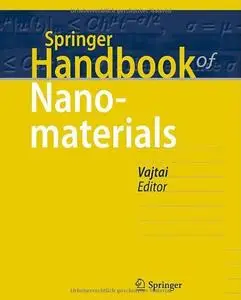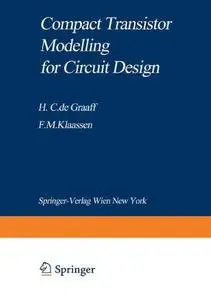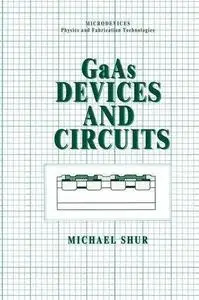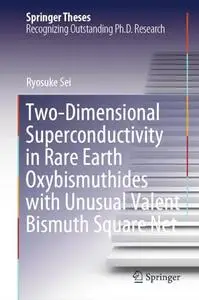Excitons in Low-Dimensional Semiconductors: Theory Numerical Methods Applications by Stephan Glutsch
English | PDF | 2004 | 302 Pages | ISBN : 3540202404 | 24.8 MB
Low-dimensional semiconductors have become a vital part of today's semiconductor physics, and excitons in these systems are ideal objects that bring textbook quantum mechanics to life. Furthermore, their theoretical understanding is important for experiments and optoelectronic devices. The author develops the effective-mass theory of excitons in low-dimensional semiconductors and describes numerical methods for calculating the optical absorption including Coulomb interaction, geometry, and external fields. The theory is applied to Fano resonances in low-dimensional semiconductors and the Zener breakdown in superlattices. Comparing theoretical results with experiments, the book is essentially self-contained; it is a hands-on approach with detailed derivations, worked examples, illustrative figures, and computer programs. The book is clearly structured and will be valuable as an advanced-level self-study or course book for graduate students, lecturers, and researchers.



